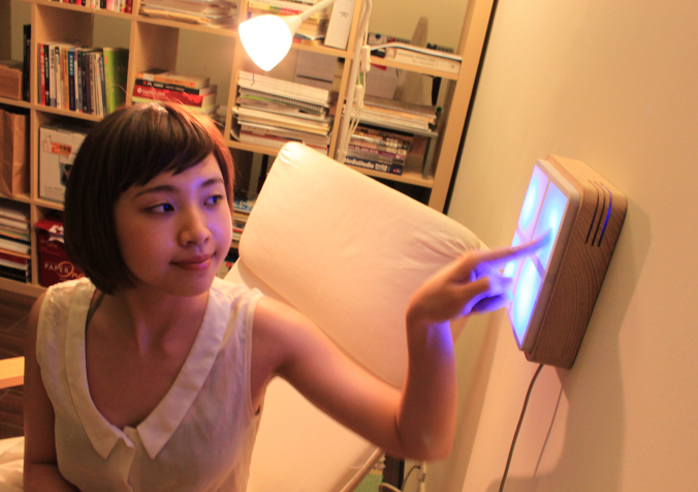Over the past years, there have been lots
of interaction design researches in HCI community. However, most researches
focus on the optimizing of man-machine coupling or the accuracy of information
transfer, but seldom discuss what existing situated activities in the lived
world we experience. The major waves of HCI can be characterized as two
paradigms. One is the 1st paradigm that cares about how to fix the specific
problems and developing pragmatic solutions to them. The other one is the 2nd
paradigms that focus on how to improve the efficiency of computer usage and
reduce the possible ambiguity. From a 2nd paradigm point of view,
design can be verified and evaluated repeatedly, and through generalizing the
models researchers formulate the design knowledge. In contrast to the first two
waves of HCI paradigm, the 3rd paradigm proposed by Steve Harrison in
2007 is provisionally named ‘phenomenological matrix’. As Thomas Kuhn’s theory
of scientific revolution, Harrison is aware of those new paradigms that have been increasingly
discussed at CHI conferences in recent years; therefore, he intends to give
better voice to the 3rd paradigm. The 3rd paradigm sees
the embodied interaction not only as a way of information forwarding but as a
way of meaning making. Besides, new paradigm doesn’t disprove the old one,and instead, provides an alternative way of thinking in interaction design and three
paradigms often coexist simultaneously. Therefore, based on paradigms introduced
above, we critically discourse on the design project, ‘InTouch’, in terms of three
paradigms respectively.
InTouch is a domestic artifact with four
sections and each section stands for a communication link with a friend. It enables
people to express their consideration to their friends through touching the tactile
surface. With the color and the temperature changes, a user makes voiceless dialogue
to people who also live with their InTouch. Unlike the normal digital product that
we have ever used before, the inconsistence of perception might provoke user’s
curiosity and uncertainty. In other words, the ambiguity of InTouch allows
users to explore their own usage and feel unprecedented lived experience.
Evaluating this project by 1st paradigm objectively,
it’s a creativity way to use thermal-electric cooler (TEC) as design material
to deliver perception. The designer changes the intended usage of TEC and makes a
working prototype. Through hacking, technology is not used for problem solving only,
but a vision for better future. Likewise, the value of InTouch cannot be evaluated
or analyzed by behavior sciences and statistic tools. As a result, form a 2nd
paradigm point of view, according to the unstructured and ambiguous features of
InTouch, the outcomes can’t be generalizable to well-defined forms of knowledge.
I argue that the designing intention of InTouch
is to explore the experience of emergence and provoke feltness of experience. Further,
the aim of InTouch is to provide a critique to provoke debate among paradigms through
inventing an alternative way of appropriation between technology and design. On
the other hand, there are epistemological differences within three paradigms and
the 3rd paradigm that treats knowledge as process of meaning-making in
specific context differs from the central focus of first two paradigms. To sum
up, beyond the function for communication, InTouch advocates that the richness of
emergency experience is as important as its social role in our lived world.

沒有留言:
張貼留言